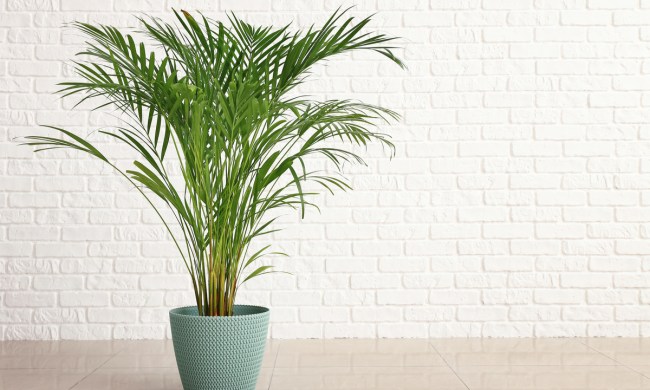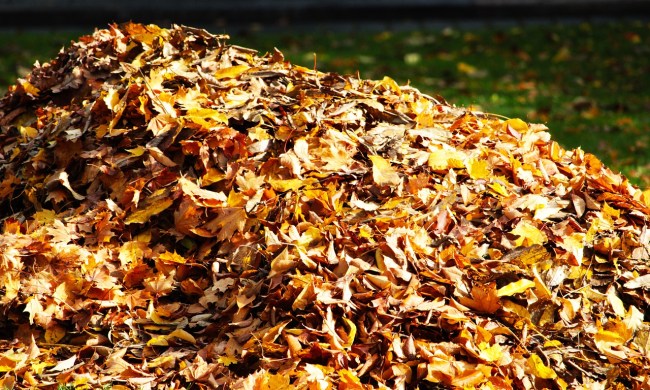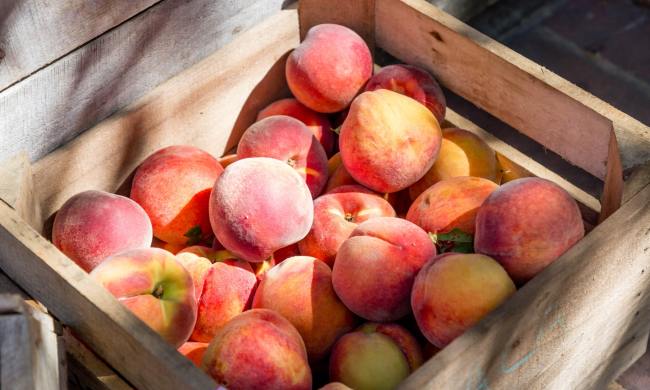When you hear the term pesticides, you probably have a natural aversion to the word. Over the years, it’s been proven repeatedly how harmful pesticides can be to the environment — but how are they dangerous? Could they be good for the environment?
Unfortunately, there are no simple answers to these questions. The primary benefit of pesticides is the ability to grow massive amounts of food to feed the ever-growing population. Without pesticides, crop loss would more than double. However, the environmental impacts that pesticides have cannot be ignored.
What are pesticides?
It’s important to remember that there are two kinds of pesticides. The nasty type we’re used to are made of chemicals that kill off insects, whether they are beneficial or not. This is how we’ve come to a crisis within the bee and other pollinator populations. There are other options that commercial farmers and backyard gardeners can use to keep their plants safe without killing off droves of beneficial pollinators.
Natural pesticides are what organic growers use to reduce the number of pests and diseases that affect their crops. This includes things like neem oil and diatomaceous earth. While these fight off pests and disease, they won’t harm the bees.
Environmental impact
Commercial beekeepers in the United States have reported that 30 percent of their hives have been lost each year since 2006. This is an alarming number compared to the 10 to 15 percent each year before 2006. The bumblebee that is native to Ohio has suffered as well, enough that in 2017 experts officially added it to the endangered species list.
These are just some of the sad and horrible facts that come with the use of pesticides. While it may be hard to imagine a world without the help of pesticides to feed the population, it’s harder to imagine a world where pollinators are no longer in existence. According to the Natural Resources Conservation Service (NRCS), 75 percent of the world’s flowering plants and about 35 percent of the world’s food crops depend on animal pollinators to reproduce. Due to deforestation and other environmental damage, this is a scary number when added to the already decreasing forests and wildlife.
With all this doom and gloom, it can feel like things are hopeless. Either we stop using pesticides, and the ratio of starving people in the world goes up; or we keep using them, and there might not be a world to live in for too much longer. However, there is good news! While natural pesticides are not as effective, they are an excellent alternative that could save the planet.
Using things like neem oil or diatomaceous earth can reduce crop loss and produce healthier, more natural food for the planet.These things will also allow beneficial insects to continue their work and help the crops by pollinating them. Even within our own backyards, switching to natural alternatives for pest and disease control can improve the pollinator population by leaps and bounds.
When to use pesticides
To prevent crop loss within your backyard garden, it’s essential to keep a vigilant eye out for signs of stress within your plants. Checking on and inspecting plants every day will allow you to keep up with and notices signs of disease or pests earlier. The earlier it’s caught, the easier it will be to treat.
What should you look for when inspecting your garden?
- Drooping leaves
- Holes in leaves or fruits
- Aphids hiding on the underside of leaves
- Browning tips
- Yellowing leaves or underdeveloped fruit
These are all signs that something is wrong, and an investigation should begin. If aphids or beetles are eating away at your plants, neem oil is an excellent option for combating these annoying pests.
Caterpillars and cabbage moths are better dealt with using diatomaceous earth or bacillus thuringiensis (BT).
Next time you’re at the garden center looking for a solution to your aphid problem, resist reaching for the chemical pesticides. While it may just take one spray to fight off these nasty bugs, you risk harming lovely pollinators like honey bees, butterflies, and even bats — all of which are vital to the survival of many plants around us. As gardeners, we must take it upon ourselves to look after our gardens and how our gardens are impacting the ecosystem around them.




